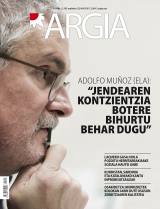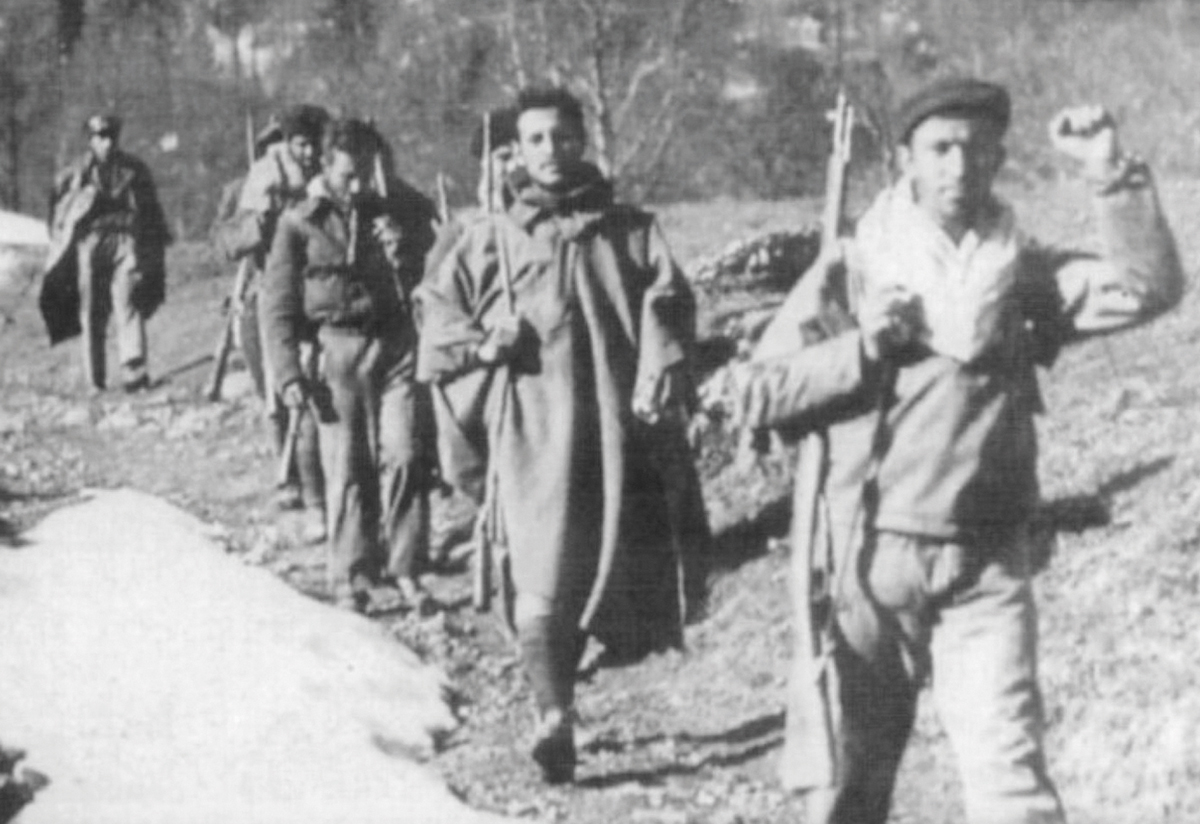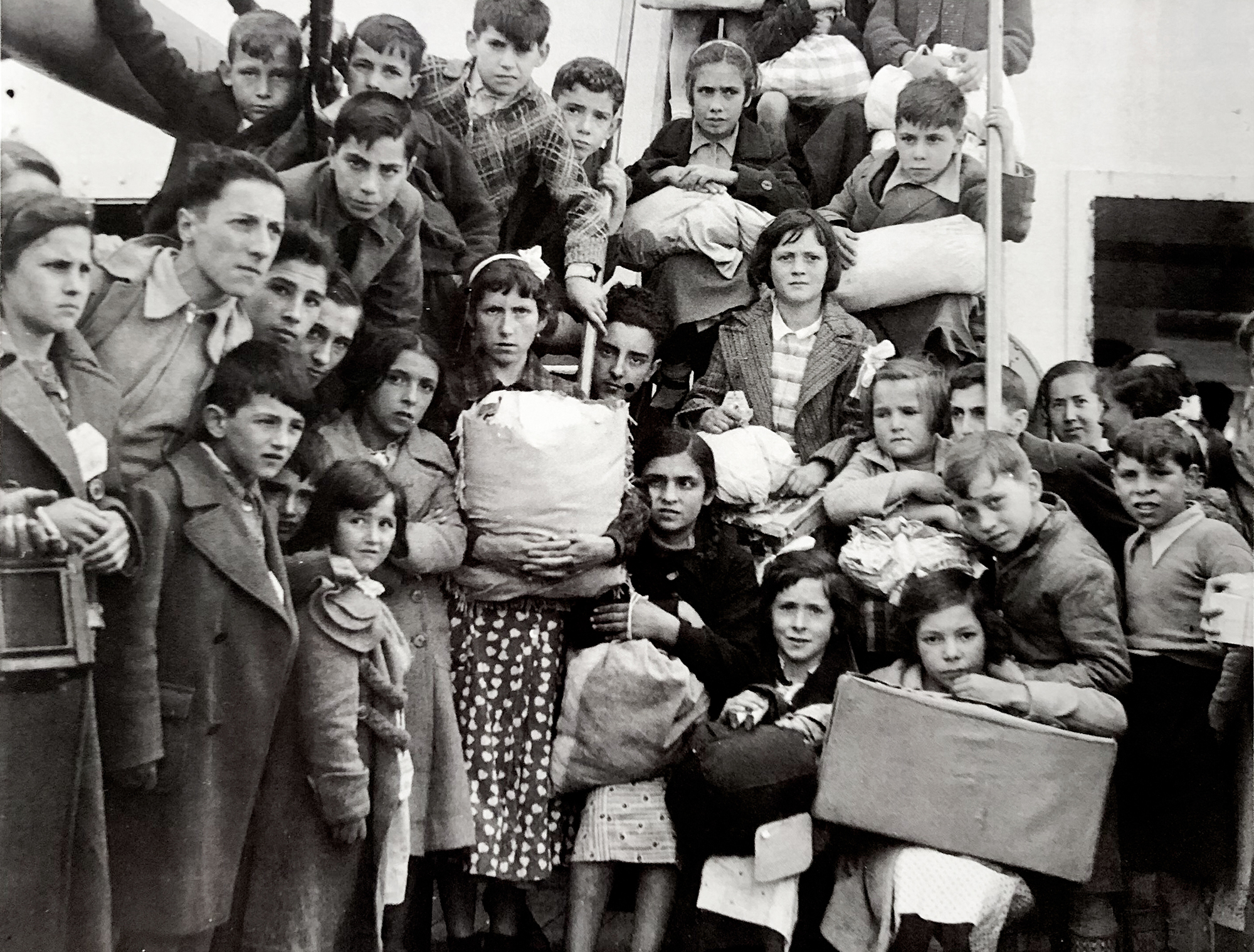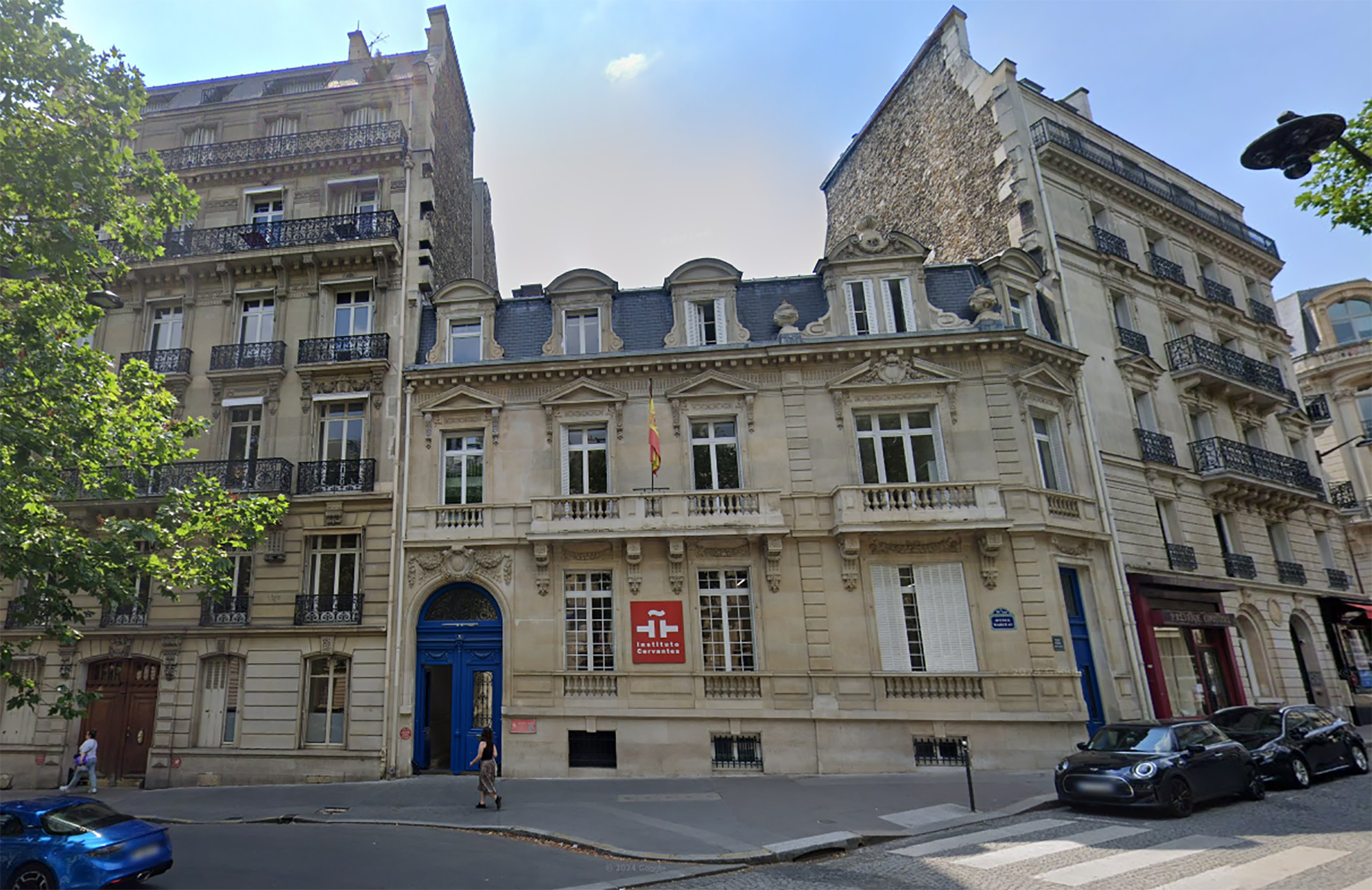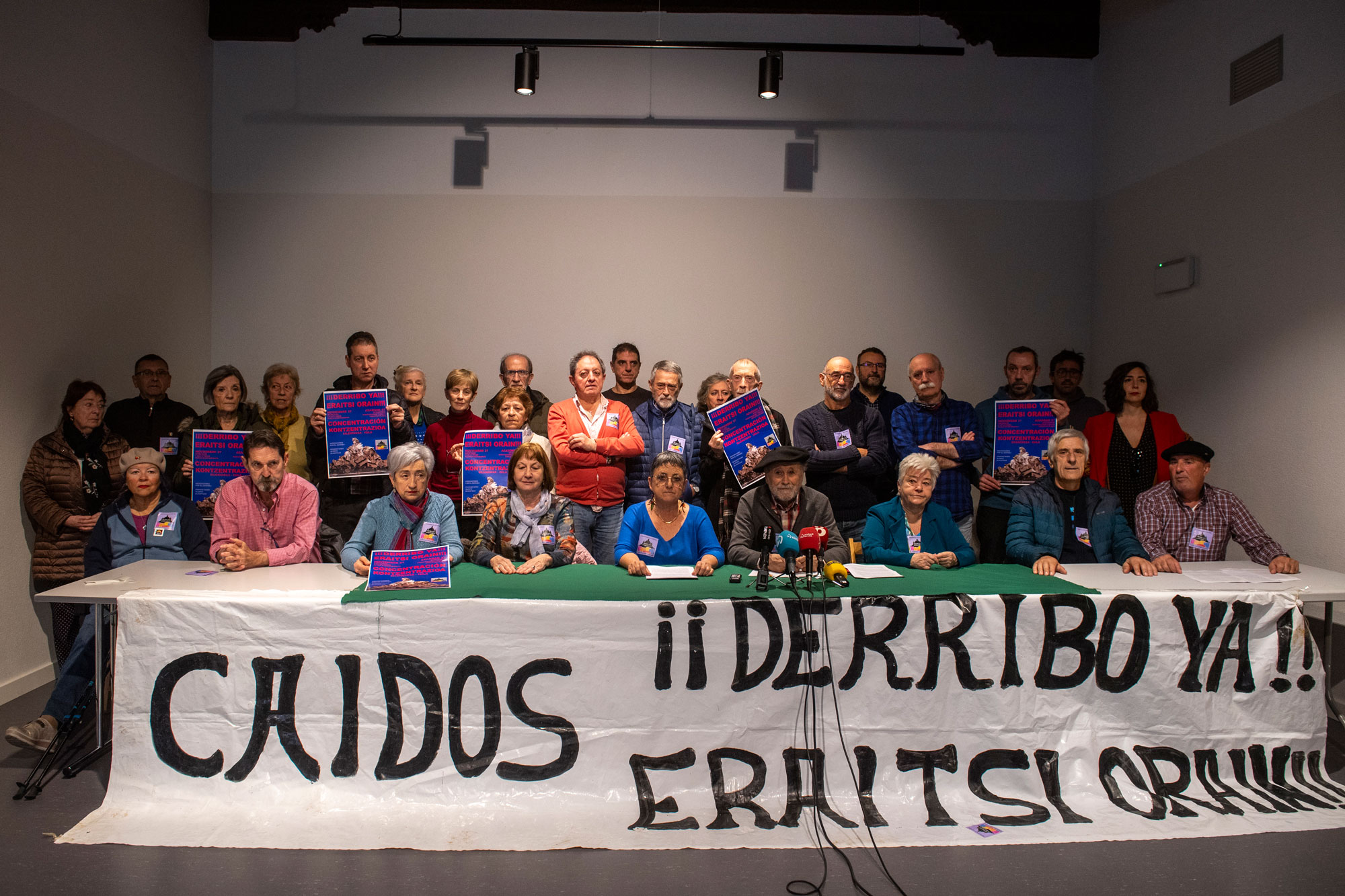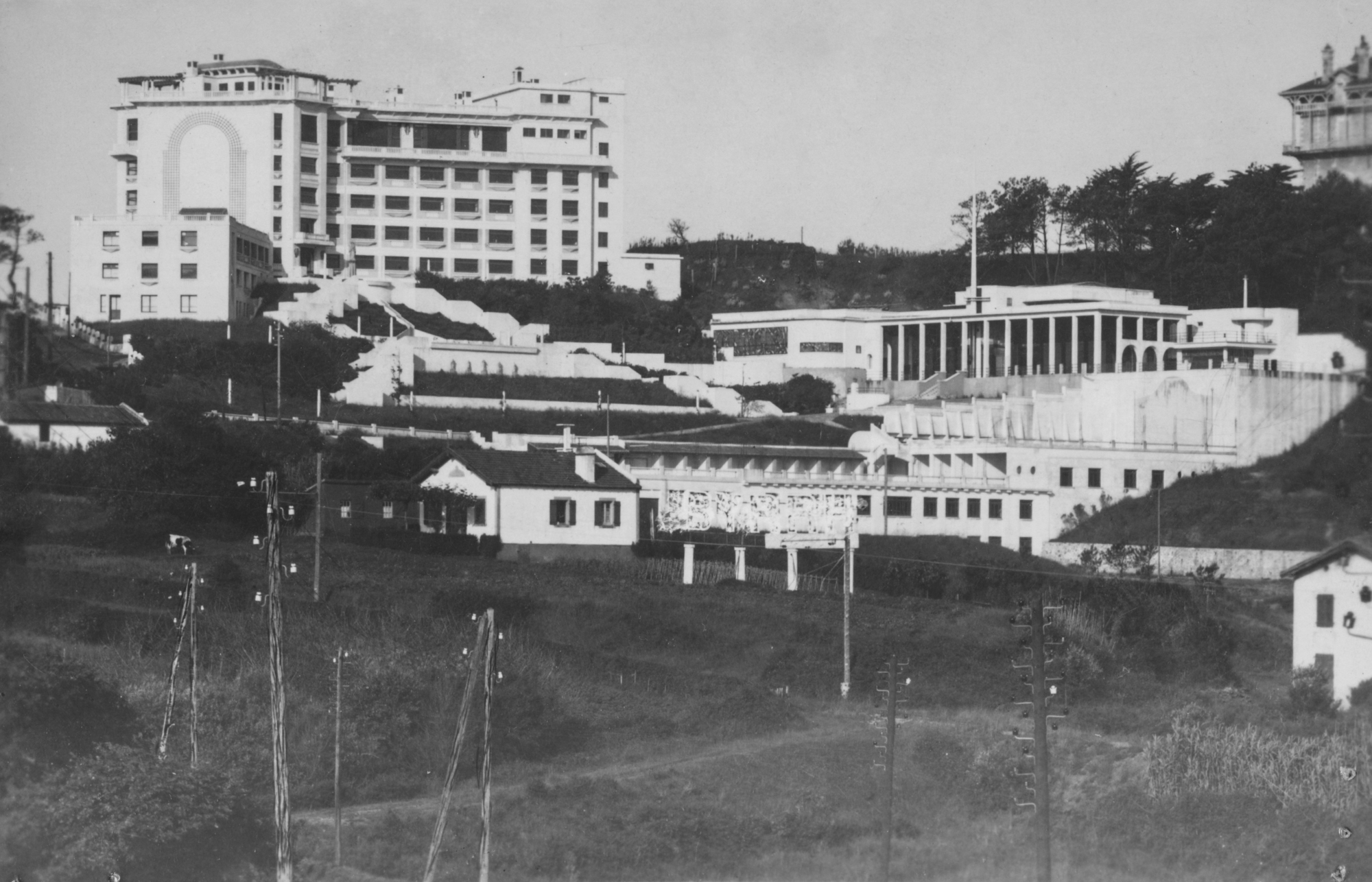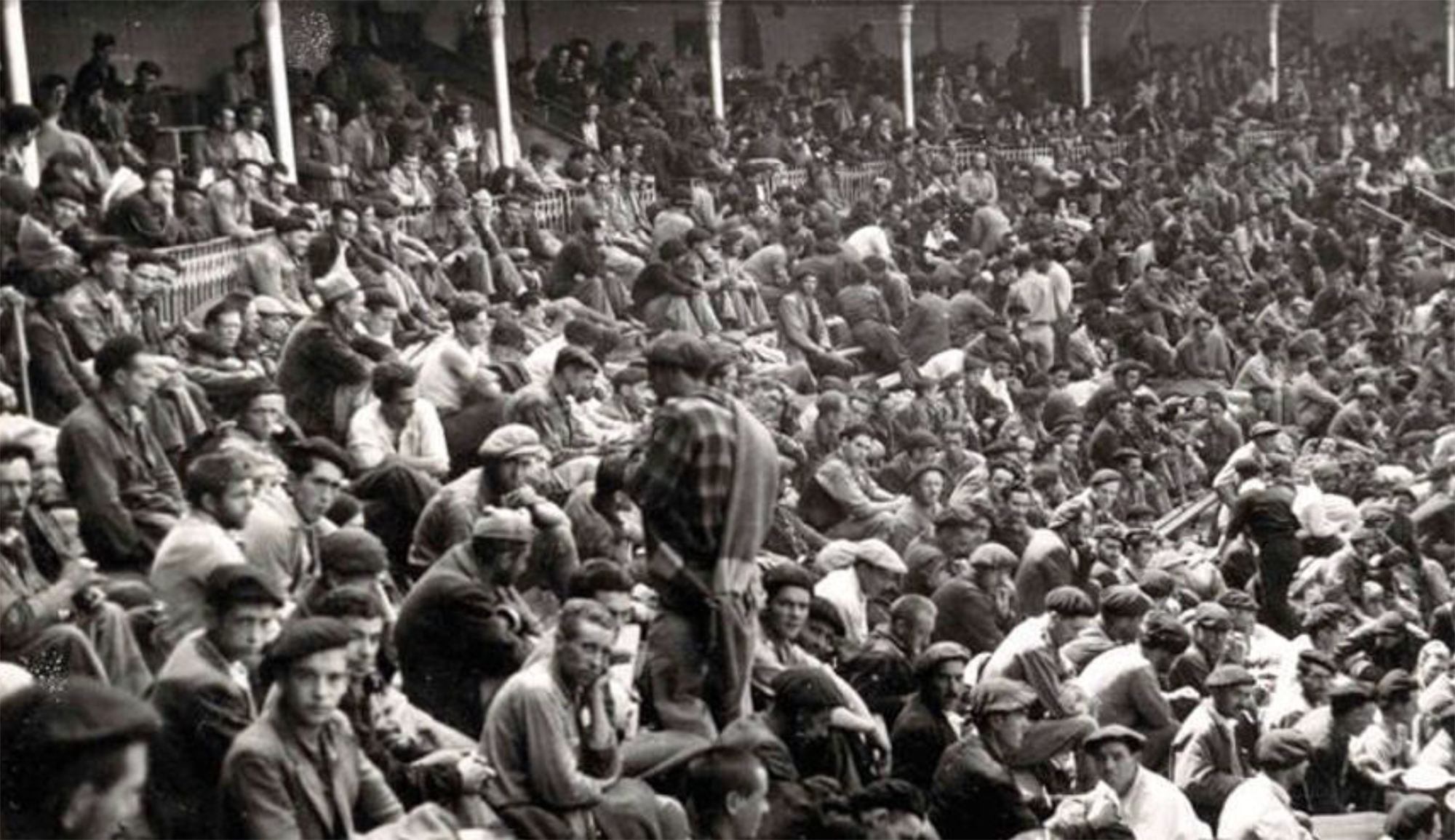"The cessation of what happened in the Civil War in Navarra is due to society"
- The authorities of Navarre quickly supported the uprising launched in Africa by the dictator Franco on 18 July 1936, and on that basis the fascists stressed that Navarre was the first. Historian Fernando Mikelarena (Bera, 1962) also agrees with another radically extreme interpretation: yes, he was the first to count the assassinations of political enemies.
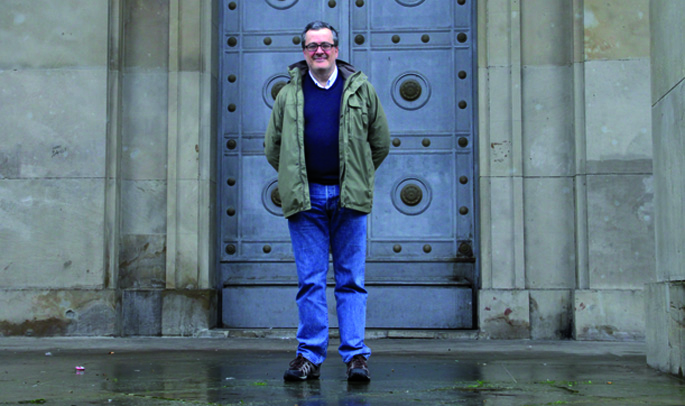
If we compare the number of voters who voted on the Popular Front with those who were later murdered by Carlists and Falangists, Navarra has the highest percentage of the state, unless in territory without a war front: almost 100 of the 1,000 voters in this party were executed. Mercilessly, Beratan researcher Fernando Mikelarena has investigated this “ruthless” repression. Political cleansing in Navarra, 1936. Impeding and executors (No gupidara. Political cleansing in Navarra, 1936. Responsibilities, collaborators and performers). The political cleanliness developed in the laboratory of Navarre would once again extend to the north front by the francoists.
How have you been able to get all this information?
I realized that most of the right information that could be useful was clean or overturned. The documents of the Phalanx and the Civil Government were removed and the documents of the Carlist Central War Board were censored. So I thought through a deeper investigation, I could get other incorrect information. I noted that the records of some soldiers indicated the activities carried out inside the rear. Anger and passion at the time had prompted them not to interrupt themselves at all when talking about what they had done during the war. Others were much more cautious and told nothing.
You've focused on the shape of the repressors. Why?
The few who have approached this issue have confined themselves to dealing with the figures of the authorities at the top, those responsible for the militias or members of the death squads. But we must not forget that the participation of anonymous citizenship was decisive. In villages where local authorities refused repression, for example, nothing happened. The killings took place in localities where the public authorities opened the doors to repression.
We mention Txato de Berbinzana, Benito Santesteban or Galo Egues as representatives of the repression of 36. But how was citizenship participation?
There is an interesting book about a Polish village, Jan T. The writer Gross, Neighbors, set in the Second World War. In a town called Jedwabne, half were Poles and the other half were Jews. The Poles had killed the Jews. The author bare the official truth in the book: that those who killed the Jews were not Nazis or members of the Gestapo, but citizens there. Cooperation between civil society and repression has been investigated in many places. We don't. The disappearance of the documentation was probably due to an order from the elites, but the fact that Navarre was silent during the Civil War is undoubtedly due to society. From Carlist participation, for example, there has been a pact of silence because they are more Navarros, more Catholics...
And who wanted to cover up the issue?
In the 1960s many inhabitants moved from town to city, moving from agriculture to factory workers, and many of those raised from families on the traditionalist right embraced leftist ideas or Basque nationalism. This issue therefore raises many discomforts. In short, we are talking about 3,000 deaths, the greatest tragedy that Navarre has experienced in its history.
Before 1936 was the Navarre society so fragmented?
In an analytic-objective way, I would say no. It is true that in some villages there were fights, but the division at the time cannot explain for itself what would come again. What happened is that suddenly the foundations of civilized life were broken. They used very effective elements to mobilize and polarize people, like religion. They often tell me that in the villages they believed their enemies had horns and tails. I have a book that I really like, Joseba Zulaika's book, which deals with ETA violence in Itziar. They accused Zulaika of attempting to disguise politically motivated violence with anthropological elements. But how is it possible that in a society without extraordinary conflicts, through messages and speeches, some citizens are able to commit such atrocities?
What happened then brings to mind other bloody events in the world.
I think most of us are very stupid in measuring the impact of violence on people's attitudes. Those who make the leap are well aware of the benefits that can be gained from violence for political purposes. And we are nothing critical. If we look at these kinds of events in different countries, we see that when crossing a border the consequences can be very dramatic.
What political consequences did the violence have in Navarra?
What happened then allowed certain sectors to remain in power for forty years. Phalanx in the elections of 36 in the Spanish State had less than 40,000 votes, 0.1% of the total votes. Carlists and Falangists could not gain access to power through democratic channels. The most striking thing is not that they got power with that violence, but that they stayed there for 40 years.
Erriberako ezkerreko mugimendua izan zen faxisten errepresioaren helbururik behinena. Gizarte eredu berri baten alde borrokan ari ziren herritarrak zientoka desagerrarazi zituzten, naziek ostera erabiliko zituzten antzeko metodoez baliatuta. CNTko kideak, UGTkoak eta jornalariak izan ziren triskantza horren biktima nagusiak.
Fernando Mikelarenak dio gertaera horien gainean argitu gabeko kapitulu asko dagoela. Horien artean, errepresioaren diseinuarena: “Arraroa da oso inor ez ohartzea frankisten errepresioa muntatu zuena Karlisten Junta Orokorreko kide bat izan zela: Marcelino Ulibarri, Bilbo erori eta hiri bat nola menpean hartu protokolizatu zuena. 1938an komunismo eta masoneriaren kontrako arduraduna izendatu zuten Ulibarri. Hiri bat azpiratu bezain agudo, egiten zuten lehenengo gauza sindikatu eta alderdi politikoetako egoitzetara jotzea zen, dokumentazioa konfiskatu eta zigortu beharreko elementuen zerrendak egiteko. Gizon horrek protokolo horiek diseinatu zituen, eta lehenbizi Nafarroan entseatu zituen”.
Idazle beratarrak ez du bere tesia frogatu dezakeen errepresio-metodo edo gida-libururik aurkitu, baina sinetsita dago hemen ikusitako teknika asko nazien Alemanian ere erabili zituztela: “Erriberako leku askotan ezkertiarrei besokoak eramatera behartu zieten. Herri asko kontzentrazio-esparruak bihurtu ziren. Herritik kanpora nekazaritza lanak egitera atera ahal izateko udaletxean baimen bat eskatu behar zuten. Gainera, egunez eta gauez etxeko ate eta leiho guztiak zabalik mantendu behar zituzten, kanpotik erraz ikusteko moduan. Datu hauek ongi aski erakusten dute errepresioa modu zientifikoan landu zutela”.
Mikelarenak bildu dituen datuen arabera, Ulibarri Zaragozan bizi zen eta Karlisten Junta Orokorrarekin bat egin asmoz etorri zen Iruñera. Francoren lagun mina omen zen Zaragozako Akademia Militarrean elkarrekin egon zirenetik, eta Molarena ere. Bada, Nafarroan atzeguardiako errepresioa egiteko berak enplegaturiko metodologia, Gipuzkoa eta Bizkaira ez ezik, frankisten menpe erori ziren beste zonaldeetara ere esportatua izanen zen.
Iazko uztailean, ARGIAren 2.880. zenbakiko orrialdeotan genuen Bego Ariznabarreta Orbea. Bere aitaren gudaritzaz ari zen, eta 1936ko Gerra Zibilean lagun egindako Aking Chan, Xangai brigadista txinatarraz ere mintzatu zitzaigun. Oraindik orain, berriz, Gasteizen hartu ditu... [+]
Gogora Institutuak 1936ko Gerrako biktimen inguruan egindako txostenean "erreketeak, falangistak, Kondor Legioko hegazkinlari alemaniar naziak eta faxista italiarrak" ageri direla salatu du Intxorta 1937 elkarteak, eta izen horiek kentzeko eskatu du. Maria Jesus San Jose... [+]
1936ko Gerran milaka haurrek Euskal Herria utzi behar izan zuten faxisten bonbetatik ihes egiteko. Frantzia, Katalunia, Belgika, Erresuma Batua, Sobietar Batasuna eta Amerikako herrialdeetara joandako horien historia jasotzeko zeregin erraldoiari ekin dio Intxorta 1937... [+]
Ezpatak, labanak, kaskoak, fusilak, pistolak, kanoiak, munizioak, lehergailuak, uniformeak, armadurak, ezkutuak, babesak, zaldunak, hegazkinak eta tankeak. Han eta hemen, bada jende klase bat historia militarrarekin liluratuta dagoena. Gehien-gehienak, historia-zaleak izaten... [+]
Pamplona, 1939. At the beginning of the year, the bullring in the city was used as a concentration camp by the Francoists. It was officially capable of 3,000 prisoners of war, at a time when there was no front in Navarre, so those locked up there should be regarded as prisoners... [+]









